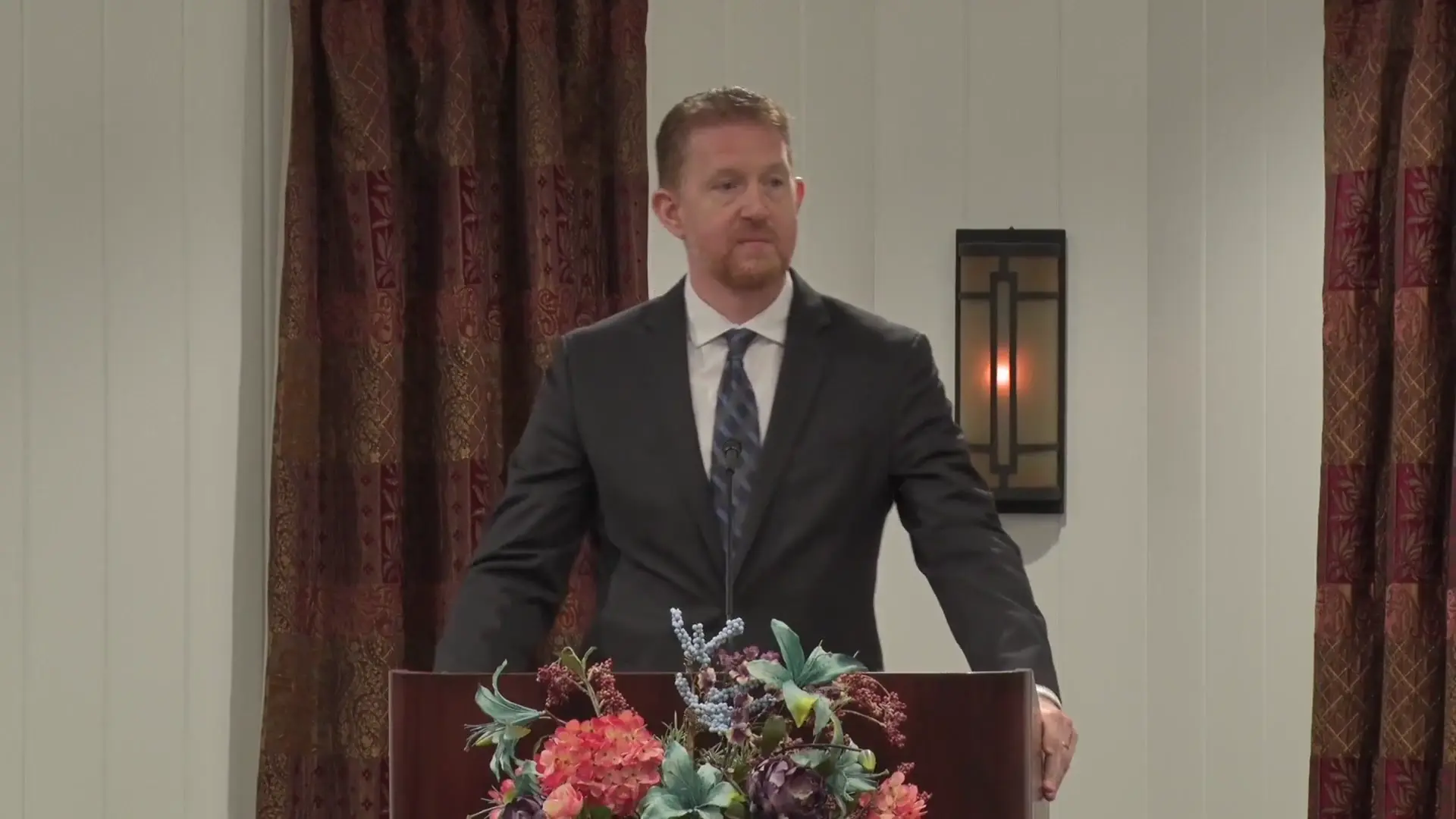Filter by Categories

The Third Tithe Blessing
Sermon by David C. GrabbeIn the context of the sabbatical cycle, the third year, known as the year of tithing, holds a significant place as outlined in God's instructions. This specific third year was observed collectively by the nation of Israel, aligning with the seven-year cycle that God has preserved knowledge of, enabling the church to potentially keep it together as well. The instructions for the third year, found in Deuteronomy, are positioned just before the year of release, indicating a linkage within the broader framework of God's laws. At the end of three years, which refers to during the third year itself, the tithe was to be managed throughout the entire year, set aside by families in their storage, and also gathered into a common storehouse within the community for the poor. God designated the third year as a time for providing for those in need, similar to the provisions of the seventh year of release, forming part of His safety net to prevent destitution. The third tithe carried both individual responsibility and national scope, with a blessing promised to the whole nation when individuals faithfully adhered to these instructions. This tithe, while benefiting the poor, was ultimately an act of worship toward God, requiring individuals to declare their faithfulness before Him at the year's end, affirming that all the tithe had been disbursed either directly to those in need or to the community storehouse. The declaration made before the LORD emphasized complete adherence to God's commandments, not just in relation to the third tithe but potentially encompassing all laws supporting the vulnerable. This solemn pronouncement required individuals to evaluate their entire walk with God, ensuring no part of the tithe was withheld or used improperly, and that their motives remained pure, free from spiritual defilement. The third tithe was to support life within the household of faith, not to be used for purposes deemed unclean or unrelated to God's intent. Finally, the request for a blessing at the conclusion of the third tithe year was directed toward the nation, asking God to look down from His holy habitation and bless His people. This blessing, while including individual aspects, focused on the collective favor upon the spiritual nation, encouraging a broader vision beyond mere physical needs to encompass spiritual unity and reconciliation with God.
When is the Third Tithe Year?
Sermonette by David C. GrabbeThe third year, as part of God's design, holds a significant place within the sabbatical cycle, anchoring the practice of the third tithe to a specific rhythm established by the LORD. In Deuteronomy 14:28-29, it is instructed that at the end of three years, the tithe of the produce of that year should be brought out and stored within the gates, providing for the Levite, the stranger, the fatherless, and the widow, so they may eat and be satisfied, and that the LORD your God may bless the work of your hands. This third year, also called the year of tithing in Deuteronomy 26:12, is emphasized with definite articles in the Hebrew, indicating a specific and communal time set by God for this purpose. This ordinance was not meant to stand alone but is tied to the seven-year sabbatical cycle, with the third year understood as the end of a defined span of time, reflecting a shared national experience in Israel. God's intent was for the whole nation to participate together in this act of sacrifice to support the poor, fostering unity and alignment with His will. The declaration in Deuteronomy 26:13-15 further reveals that the blessing sought through this tithe was not merely individual but for the entire nation of Israel and the land given by the LORD. It is possible for the church today to align the third tithe with the existing sabbatical cycle, following the historical record of the year of release that extends back over 2,200 years. Currently, we are in the first year of the sabbatical cycle, which began on the Day of Atonement in fall 2022. The third year, therefore, will begin on the Day of Atonement in 2024 and last until the Day of Atonement in 2025, offering an opportunity for a shared experience in harmony with God's established rhythm.

Deuteronomy, Land Sabbaths, Atonement, and Third Tithe
Sermon by Ryan McClureWhat has come to light regarding reading Deuteronomy, the year of release, the Day of Atonement, the third tithe year, and Passover.